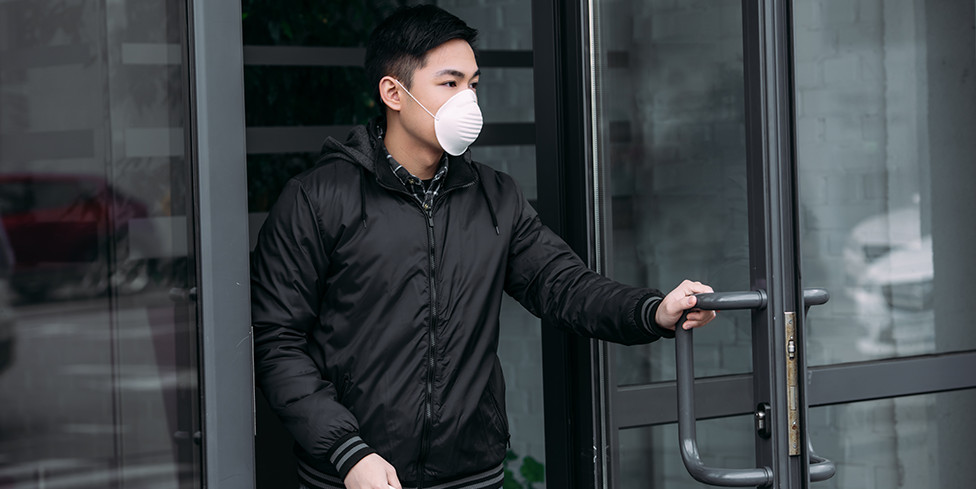We live in unusual times and nobody can predict how the Post-Pandemic era is going to pan out. We are lucky in some ways to be in the middle of the road of this global Pandemic, so we can learn from countries who have successfully reopened and what is working and what is not.
Following are some trends that stand out:
Learning from Chinese Customers
Having a head start in Pandemic and the first country to open up, we can learn alot on consumer buying habits post lockdown. A recent McKinsey report looked at how Chinese consumers’ shopping habits are changing as a result of COVID-19. Key aspects that stood out are as follows:
Offline Sales
Offline sales did not immediately reached the same levels as pre Pandemic, but saw a sizable growth. We can conclude that coming back to ‘normal’ levels will be slow and user habits have been altered permanently.
Essentials take the lead
Supermarkets, convenience stores, and drugstores saw a spike in activity during the crisis, as consumers stocked up on essentials and cooked at home. Post Pandemic the volumes for supermarkets fell, while convenience stores and drugstores continued to see positive growth. Demand for medicines remained strong. So customers are not looking for ‘casual shopping’, but venturing out for essentials only.
Consumer Baskets Grew
Customers were looking to avoid non-essential visits and made sure they go prepared to the supermarkets or grocery stores. Hoarding was not done as during Pandemic, but basket size increased by 20 to 30%. This means users wanted to avoid unnecessary, single item visits for safety reasons.
Walkin Traffic fell
Since only 30 to 40% of capacity was allowed in, the traffic fell. Customers had more time, space and shopped more in less time. So walkins fell by 50%, whereas the basket size increased by 20 to 30%. Net off for stores is a 20 to 30% fall in revenues.
Evening or Weekend Shopping has ended and has not recovered
Deemed as unnecessary venturing out, consumers are averse to go out in the evening, restaurants, outdoor patios saw a very ‘safe’ approach by customers. Even if restaurants open, they will immediately not be fill to capacity (whatever is allowed).
Channel Shifting Online for no essential and Offline for Essentials
There is an online sales surge in everything especially from non-essential segments like clothing etc and offline sales has started to pick up at convenience stores and is still high at pharmacies.
Healthy Way of Live is here to stay
COVID-19 has emphasized the importance of staying fit and healthy, and changing attitudes are reflected in shopping behaviors that have persisted in recent weeks. Demand for dairy, vegetables, and eggs was 25-30% higher during the initial recovery phase than it was before the crisis. This change in lifestyle will continue.
Loyalty is fragile
Customers are willing to try new stores, brands, products, earlier reluctant to do so, challenging the brand loyalties. This is due to availability of products, accessibility and peer recommendations.
Real Winner is digital transformation
Digital has been one of the few real beneficiaries of the crisis. The report highlighted three ways in which companies can respond:
- Manage your business in real-time and digitally. The POS data has shown that the outbreak has had a significant impact on geographies, channels, and categories and this information needs to tune back in to decision makers in shorter intervals to reflect increased uncertainty and agile planning.
- Don’t sell online, engage customers, emotions are high and narrative really matters. Brands that engage customers tend to engage more and sell more.
- Businesses transforming their business models, switching to omni-channels and if these are not present then developing one.
The report is very insightful and is a great starting point to build a post Pandemic era strategy. Storecheck is here to help in generating local trends and make data insights convert into actions.










